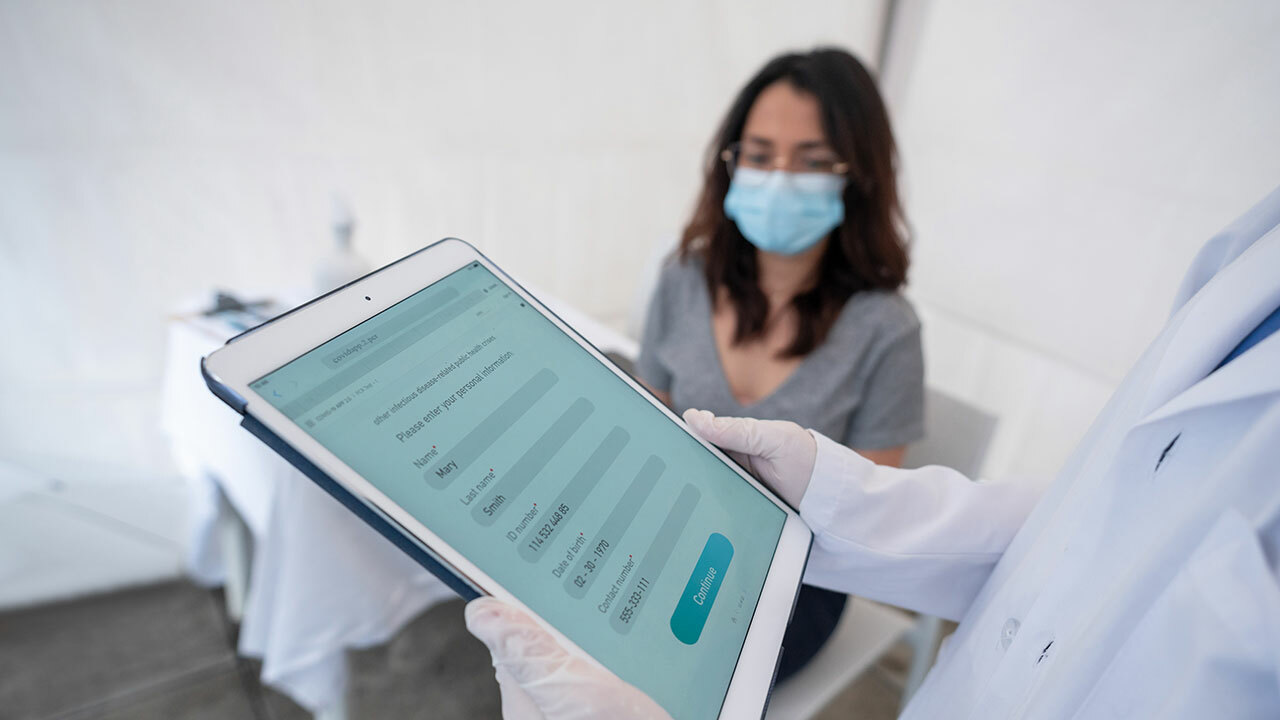A longtime leader in healthcare improvement, we’re developing new ways to revolutionize the industry.

Gear Up for The Mandatory Radiation Oncology Model with Three Key Activities

After a two-year delay, the mandatory Radiation Oncology (RO) Model is proposed to begin Jan. 1, 2022, and end in December 2026, signaling the Center for Medicare and Medicaid Innovation’s (CMMI) interest in pursuing oncology-focused models.
Thirty percent of traditional Medicare beneficiaries receiving radiation therapy services will be included in the RO Model. There are 204 eligible Core-Based Statistical Areas (CBSAs) across 48 states and the District of Columbia. Providers chosen to participate will be required to implement payment changes and report quality measures to CMMI.
The Radiation Oncology Model is a Bundle
The RO Model will include 15 cancer types commonly treated with radiation therapy. The site neutral prospective payment model is based on a 90-day episode of care triggered by the initial radiation treatment planning visit.
The RO Model is solely inclusive of radiation therapy services unlike the Oncology Care Model, a CMMI total cost of care bundled payment model. The services included in the RO Model are treatment planning, technical preparation, radiation delivery and treatment management. Payment will be split into professional and technical components and include a discount factor which can be earned back based on quality measure performance.
It is imperative for organizations to effectively evaluate and proactively plan for the impact of value-based models and the shift to financial risk. The Biden Administration recently shared plans for additional mandatory models that are patient focused, ensuring meaningful accountability for both cost and quality of care.
Here are three essential steps to prepare:
1. Identify a governance team.
The RO Model involves multiple components that require a team coming together from across your organization to prepare. In addition to administrative and physician leaders from the cancer center, a structured workgroup that includes finance, quality, information technology (IT) and population health departments is critical to success.
Among the requirements of the RO Model are new billing codes and modifiers used to indicate the start and end of the episode which initiates the prospective payment. The RO Model workgroup will need to understand the financial implications of a two-part prospective payment, quality performance withholds, beneficiary coinsurance and incomplete episodes on their providers and facilities.
The workgroup will also need to contrast historical Medicare fee-for-service payments with the proposed prospective model design to identify the financial impact of the RO Model.
Additionally, quality measures and clinical data reporting will require departments across the organization to work together to ensure accurate documentation, performance improvement efforts and accessible reports to meet RO Model requirements. IT should be involved early in the process to implement necessary changes to ease data abstraction for stakeholders, and clear roles and responsibilities should also be identified for the reporting process.
2. Implement workflow changes.
Incorporating documentation into the workflow for clinical staff can ease reporting burdens for the RO Model but should be designed in a way to meet universal needs across all sites. For example, depression screening is a common metric across multiple programs, but not all provider sites within a health system may be required to participate in the RO Model. It is important to be mindful of creating synergy with other programs across multiple electronic medical record (EMR) workflows.
It is also important to understand the patient care needs for a given population. The workflow designed must be equitable across all payer beneficiaries. Standardizing care plans with physician input fosters an environment of collaboration that can extend outside the health system to increase communication regarding transitions of care.
One example is communicating the initial treatment planning visit to the provider administering the radiation therapy. This is an important step to ensuring the episode fulfills the professional and technical components of the model and, therefore, avoids an incomplete episode.
3. Engage care teams and patients.
Participation in a new payment model requires effective preparation, education and training. It is important to support providers and staff as they navigate the rules of a new payment model.
Engaging providers in the planning stage of care redesign efforts, workflow modifications and understanding of financial impact is crucial to fostering the environment required to succeed in value-based care.
Patient engagement is equally as important but looks a bit different. Patients need to understand their plan of care, the importance of compliance, the symptoms they may experience and how to address any issues. Patient experience is one of the quality measures in the RO Model and highlights CMMI’s objective to focus on the patient.
When effectively implemented, value-based models can be a powerful means to deliver highly reliable care. Aligning your team to collaborate and work toward shared goals is the foundation for success.
Learn more about how Premier can support your value-based care journey.
The insights you need to stay ahead in healthcare: Subscribe to Premier’s Power Rankings newsletter and get our experts’ original content delivered to your inbox once a month.

